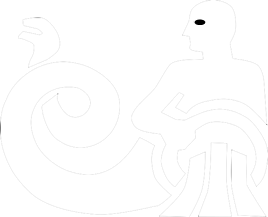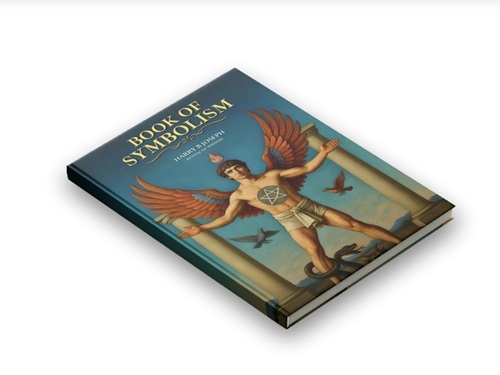
The Catholic Church Inquisition
During her full reign of terror, the Papacy had caused the cruel death of at least 50 million people, including carrying out the infamous Catholic Church Inquisition. This history intends to open people’s eyes to some of the dark truths of the Roman Catholic Church.
The Inquisition, established by the Catholic Church in the 12th century, remains one of the most discussed and controversial periods in religious history. Its main goal was to root out heresy and maintain doctrinal unity within the Christian community. Understanding its origins helps us grasp the complex motivations and societal conditions that led to its formation.
In 1184, Pope Lucius III issued the decree ‘Ad Abolendam’ in response to the spread of heretical movements, tracing back the roots of the Inquisition. His mandate aimed to identify, judge, and punish heretics, as the Church saw them as a threat to its unity and authority.
Check out more videos on our YouTube channel
In its early stages, the Inquisition operated in a localized, relatively unstructured manner, primarily focusing on regions where heresy was widespread. The medieval Inquisition targeted groups such as the Cathars and Waldensians, who challenged the Church’s teachings and practices. These early efforts laid the groundwork for a more formalized and pervasive institution in later centuries.
Understanding the history and origins of the Inquisition is crucial for comprehending its impact on both the religious and political landscapes of the time. It reveals a complex web of beliefs, power dynamics, and societal influences that shaped an era of fervent religious devotion and equally intense persecution.
Identifying Heretics: Targets of the Inquisition
To fully understand the Inquisition’s purpose, it’s essential to recognize who the Church deemed heretics. Heresy, in the eyes of the Roman Catholic Church, was any belief or doctrine contradictory to its standardized teachings. From this perspective, those who deviated from established norms posed existential threats to the societal and theological order.
The term ‘heretic’ initially referred to various groups during the Middle Ages. These groups included scientists, alchemists, astronomers, astrologers, wizards, witches, occultists, and all others who contradict the Catholic doctrine.
On the other hand, Jews and Muslims faced persecution mainly due to their non-Christian beliefs and refusal to convert. The Catholic Church Inquisition saw them as stubborn resisters to Christian conversion efforts and, therefore, as disruptive elements within Christian kingdoms.

Beyond non-Christians, the Church also targeted dissenting Christian sects. The authorities primarily tried and punished Protestant figures, whose Reformation ideas posed a significant challenge to Catholic orthodoxy. The Protestant Reformation threatened the Church’s monopoly on spiritual authority, prompting an aggressive response from the Inquisition.
Certain medieval Christian groups, such as the Cathars and Waldensians, were early targets due to their differing theological views. They advocated a return to simpler, more austere Christian practices, directly opposing the luxury and authority of the established Church.
Religious and cultural tensions fueled the Church’s determination to quash contrary beliefs. The Church’s rulers claimed they made these efforts to safeguard doctrinal purity and maintain social and political stability. However, it is unlikely that such a theory will be accepted. Considering the facts, the Church just wanted to eliminate everyone who thought differently to establish their beliefs and increase their power.
Devastating Persecutions and Casualties
To grasp the full impact of the Inquisition, it’s crucial to examine the methods of persecution and the resulting casualties. The Catholic Church’s Inquisition employed various severe tactics to identify, try, and punish those accused of heresy. These methods were intended to instill fear and ensure compliance with Church doctrines.
Interrogation and torture were standard practices used to extract confessions. The inquisitors employed devices like the rack, thumbscrew, and strappado to coerce accused heretics into admitting their alleged sins. While these methods were brutal, the Church justified them as necessary means to preserve the faith and protect the community.
Furthermore, public executions served as both punishment and deterrent. Burning at the stake was the most notorious method, intended to serve as a grim reminder of the consequences of heresy. These public executions served as spectacles designed to reinforce the authority of the Church and the state’s alignment with religious doctrine.
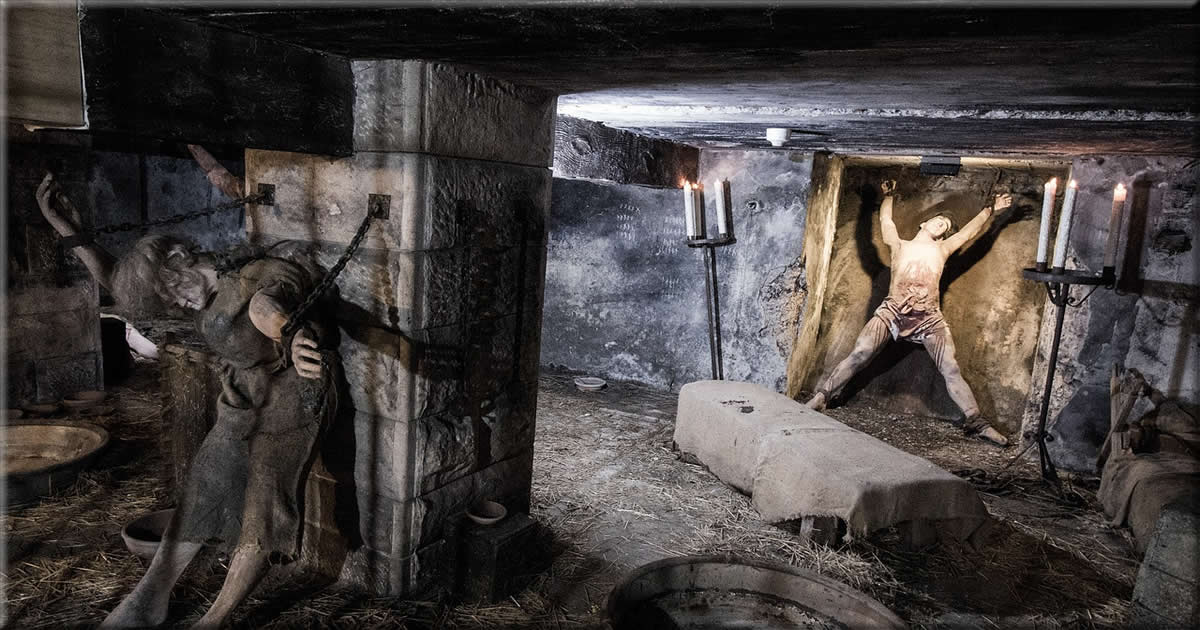
The persecution extended to Jews, Muslims, and Protestants, leading to widespread suffering and loss. Forced conversions, expulsion, and confiscation of property were common. As a result, communities constantly feared facing harsh penalties if accused.
Estimating the number of casualties is challenging, but historians agree the toll was significant. Tens of thousands of people were executed, and many more were imprisoned or subjected to lesser forms of punishment. The figures vary due to sparse historical records, but the human toll was severe.
The public and political reactions to the Inquisition were varied. While some supported the Church’s efforts to maintain religious orthodoxy, others criticized the brutality and the impact on social stability. Over time, the harsh measures generated significant resistance and ultimately led to calls for reform.
Infamous Figures of the Inquisitions: Unmasking the Faces Behind the Trials
The Inquisitions were grim historical chapters, often led by men whose names became synonymous with fear and oppression. Among the many inquisitors, a few stand out due to their notorious actions and the dark legacy they left behind.
Mary of England, often called Bloody Mary, stands out for her fierce persecution of Protestants. During her reign from 1553 to 1558, there was a vigorous campaign to reinstate Catholicism in England, resulting in the execution of over 280 religious dissenters. Her brutal methods earned her the infamous nickname and left a lasting impact on English history.
Another key figure, Bernardo Gui, was an inquisitor in the early 14th century. Known for his extensive writings on heresy and witchcraft, Gui’s methods and trials painted a bleak picture of medieval justice. His meticulous records and harsh judgments left an indelible mark on the perception of the Inquisition.
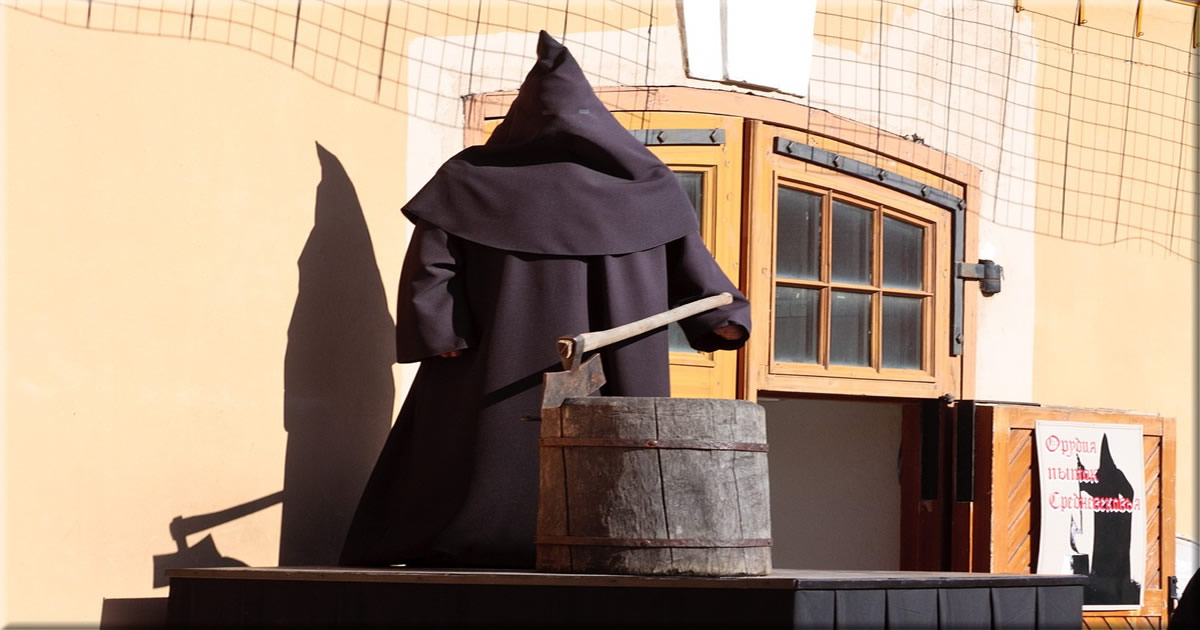
Robert le Bougre, a Dominican monk, gained infamy in the 13th century. His ruthless tactics and unforgiving stance on heresy led to widespread fear and brutal punishments. He eventually got removed from his post because his actions were so severe, yet his legacy of terror persisted.
In France, François-Thomas de Lanoue became infamous in the late 16th century. As an inquisitor, he was mainly known for his zealous persecution of Protestants. His relentless campaigns and harsh penalties contributed significantly to the era’s religious strife.
Lastly, Pietro Carafa, who later became Pope Paul IV, is remembered for his ruthless enforcement of Catholic orthodoxy. During his tenure as an inquisitor and later as pope, he was unwavering in his efforts to root out heresy, employing severe measures that left a lasting impact on the Catholic Church.
Volume 2 continues the profound themes introduced in the predecessor even deeper into the complexities of existence and the pursuit of knowledge, encouraging readers to question established beliefs.
Prominent Victims of the Inquisition: Heroes Who Had Stood Against
In the early 17th century, Galileo’s astronomical findings didn’t please the Church. As a result, the Church summoned him to Rome to face the Inquisition. Facing the threat of torture, Galileo recanted his views but remained under house arrest for the remainder of his life.
The Inquisition’s grip caught Giordano Bruno, an Italian philosopher and mathematician, making him another significant figure. Bruno’s support for heliocentrism and other controversial ideas at that time led to his arrest by the Roman Inquisition. After years of imprisonment, he was burned at the stake in 1600. His death underscored the Church’s resistance to scientific advancements that challenged established doctrines.
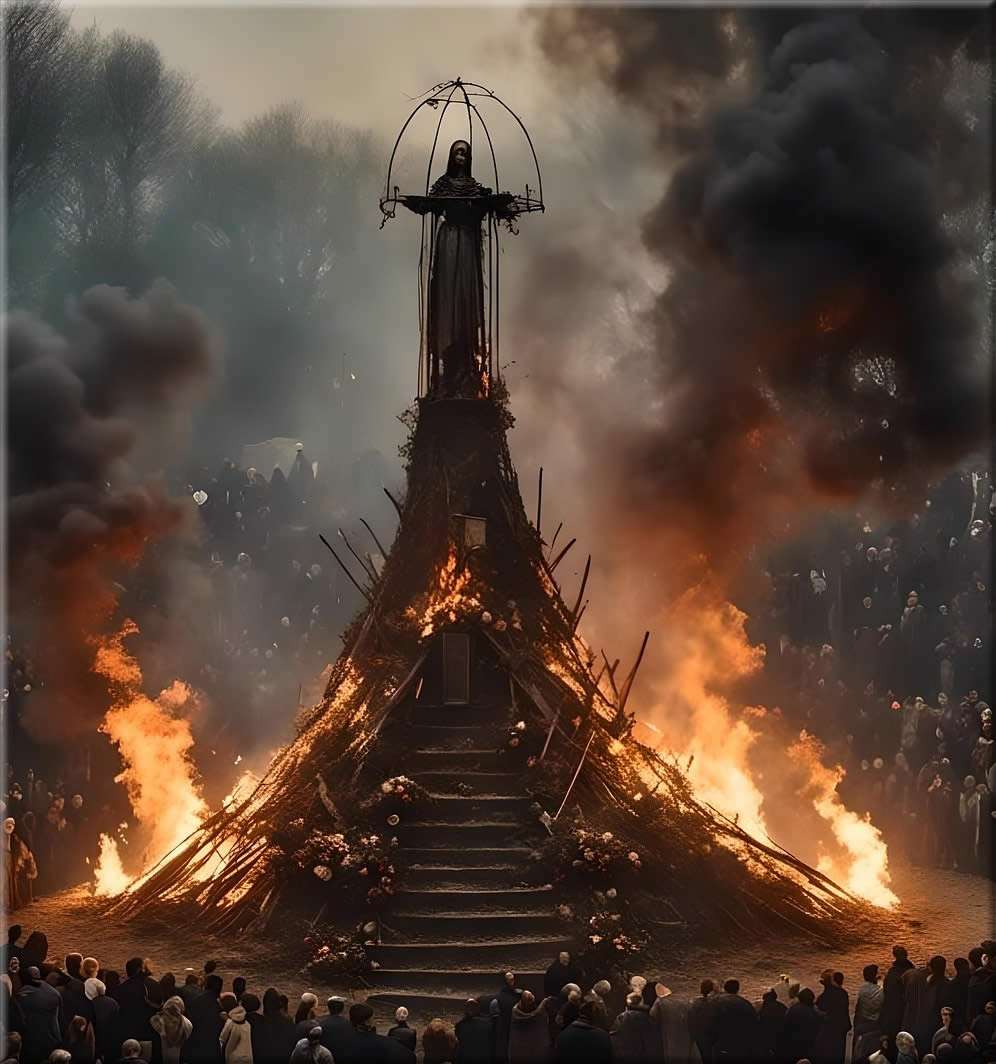
Joan of Arc was another notable victim, a young French peasant girl who rose to become a military leader. Her fight against English forces, claiming divine guidance, ended with her capture and handover to the English by allied Burgundian forces. The Church charged her with heresy and witchcraft, leading to her execution by burning in 1431. Her trial and martyrdom exemplify the use of religious authority to suppress political threats.
William Tyndale, an English scholar and translator, faced persecution for translating the Bible into English, a direct insult to the Church’s control over religious texts. Tyndale’s work made the scriptures accessible to ordinary people. Captured in the Holy Roman Empire, he was executed in 1536. His legacy endures through his contributions to the English Reformation.
During Mary of England’s reign, the authorities executed Thomas Cranmer, Nicholas Ridley, and Hugh Latimer, all prominent Protestant leaders. Cranmer, the Archbishop of Canterbury, and bishops Ridley and Latimer were influential figures in the English Reformation. Their deaths symbolized the intense religious conflict of the period and the lengths to which the Church and monarchy would go to suppress dissent.
The Spanish Inquisition and Its Infamous Leaders
The Spanish Inquisition, established in 1478, was one of the most notorious and long-lasting phases of the broader Inquisition. Its primary aim was to consolidate the Catholic Church’s power in Spain by rooting out heresy, with a particular focus on converted Jews (conversos) and Muslims (Moriscos).

One of the key figures during this period was Tomás de Torquemada, appointed the first Grand Inquisitor in 1483. The relentless pursuit of heretics marked Torquemada’s tenure. He established a network of tribunals across Spain, employing severe methods to extract confessions and enforce orthodoxy. His policies led to the persecution and execution of thousands, fostering an atmosphere of fear and suspicion.
Torquemada’s influence extended beyond religion, impacting Spain’s political and social fabric. His efforts supported the Spanish monarchy’s centralization of power, aligning the state’s interests with those of the Church. Under his leadership, the Inquisition became a tool for controlling religious and political dissent.
The Spanish Inquisition expanded its reach into new territories, including the Americas, also known as the New World. Its influence in Spanish colonies persisted for centuries, further complicating the cultural and religious dynamics of these regions. This extension of power highlights the Inquisition’s enduring and far-reaching impact.
The legacy of the Spanish Inquisition is characterized by its profound cruelty and the extensive control it exerted over everyday life. The fear it instilled and the suffering it caused are essential aspects of understanding its historical significance. Today, it remains a poignant example of the dangers of unchecked religious and political power.
Papal Influence and the Role of Church Leaders
The Inquisition’s power was rooted in the authority of the Popes, who initiated and sustained it. Over time, various Popes played key roles in shaping the scope and intensity of the Inquisition.
Pope Gregory IX formalized the Papal Inquisition with his Bull, ‘Excommunicamus, ‘ in 1231. This laid the groundwork for the Church’s systematic approach to combating heresy. His directives established tribunals and procedures that would become standard practice.
Pope Innocent IV, in 1252, authorized torture in inquisitorial proceedings with his Bull, ‘Ad Extirpanda.’ This marked a significant escalation in the methods used to extract confessions from accused heretics.
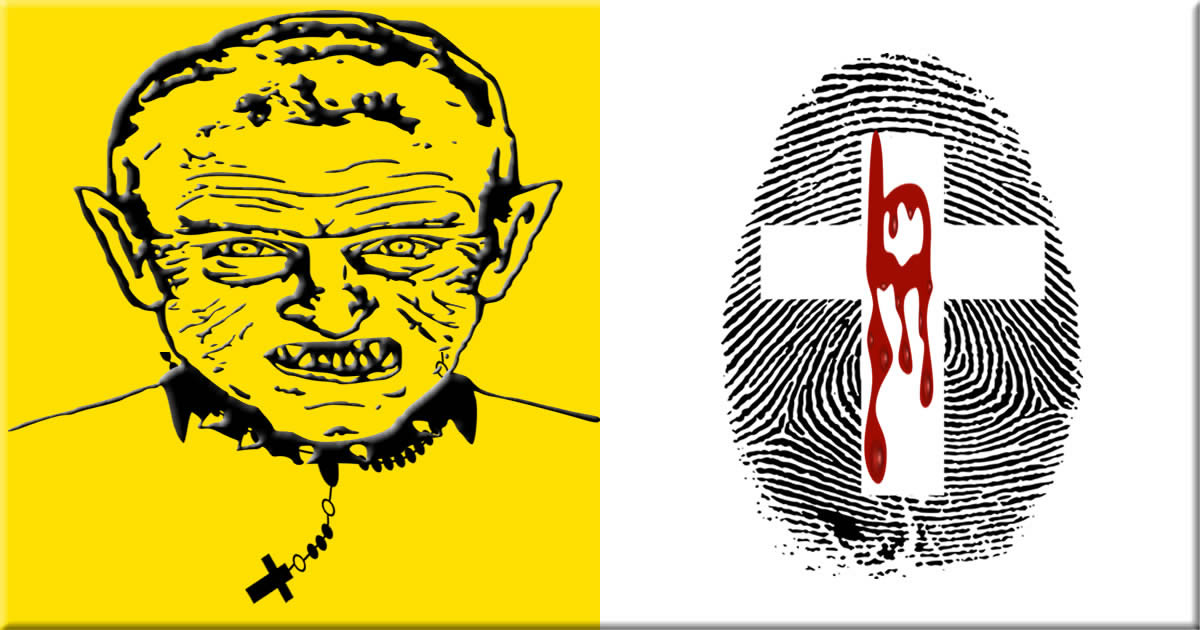
Pope Sixtus IV’s influence was evident in the establishment of the Spanish Inquisition in 1478. Working with Ferdinand II of Aragon and Isabella I of Castile, he issued the Bull ‘Exigit Sinceras Devotionis Affectus,’ giving royal authority to act on the Church’s behalf. This collaboration fortified the Inquisition’s authority and extended its reach.
Pope Paul III made notable contributions during the Counter-Reformation, reinforcing the Inquisition’s role in combating Protestantism. Under his papacy, efforts to enforce religious conformity intensified, and the Roman Inquisition saw increased activity.
The interplay between the Church and state during the Inquisition often blurred the lines of authority, creating a powerful alliance that significantly influenced the social and political landscapes. This partnership ensured that ecclesiastical objectives aligned with governmental interests, thereby enhancing the effectiveness of the Inquisition.
Examining the roles of these cruel Popes and other church leaders provides valuable insights into how religious and political power were interwoven during the Inquisition. It also highlights the lasting impact of their decisions on the evolution of religion and society.
Legacy and Reflection on the Catholic Church Inquisition
The long-term effects of the Inquisition have shaped views on religious freedom and human rights. Examining its history helps us better understand the dangers of unchecked institutional power, free of moral and ethical considerations.
The Inquisition’s impact on religious freedom remains a lasting legacy today. The harsh persecution of different faiths highlights the perils of intolerance. As a result, modern society draws lessons from this period, striving for greater inclusivity and respect for diverse beliefs.
Furthermore, historical reinterpretations have evolved, reflecting growing awareness and sensitivity. Early narratives often justified the Inquisition as a necessary defense of the faith. More recent scholarship emphasizes the human cost and the moral complexities involved.
The Book of Symbolism is more than a guide to ancient signs; it is a journey into your own consciousness. Every chapter is a step on a journey that will elevate your mind and spirit.
After reading this book, nothing will be the same again.
Modern discussions about the Inquisition provoke reflections on the potential for abuse when a few hands concentrate power. They emphasize accountability, transparency, and the protection of individual rights.
Additionally, exploring the lives of prominent figures and victims reveals the human stories behind the Inquisition. Their lives and deaths reflect the era’s harsh reality and the immense pressures exerted by religious and political authorities. Recognizing their contributions and sacrifices helps us understand the broader implications of the Inquisition on individual lives and historical trajectories.
However, acknowledging the lessons of the Catholic Church’s Inquisition ensures that such history is not repeated. It also reminds us of the essential need for vigilance in defending human rights. The cruelty and the terror they had committed, the wars they waged, and all criminal activity throughout history in which they had been involved, the Roman Catholic Church should be declared evil, not God’s institution.
Related Topics



